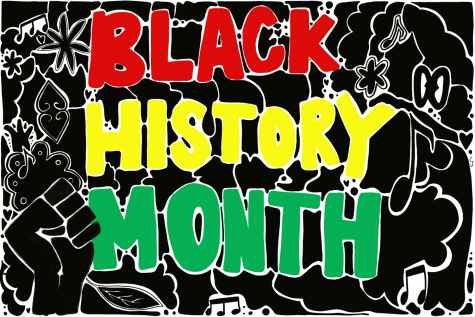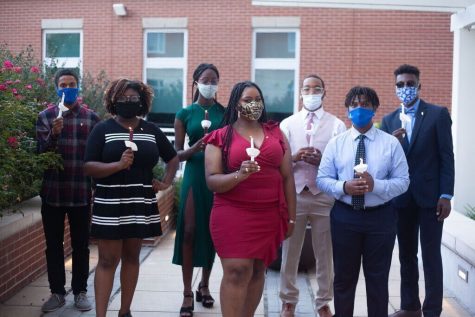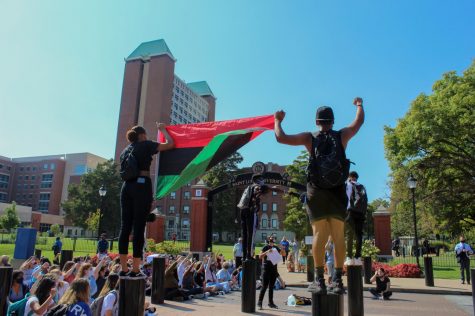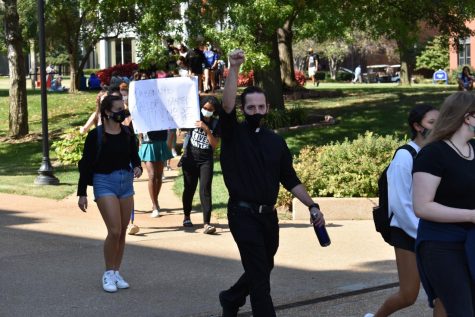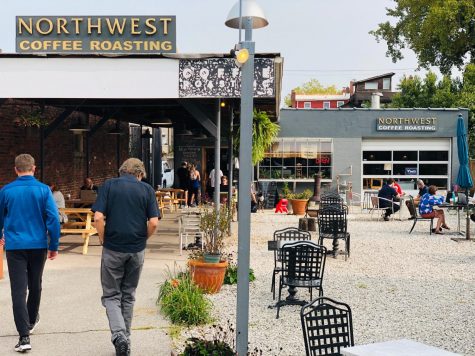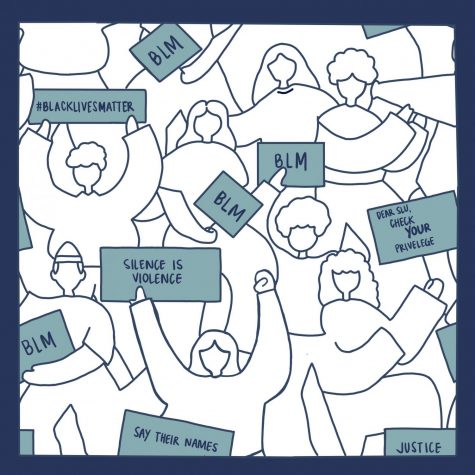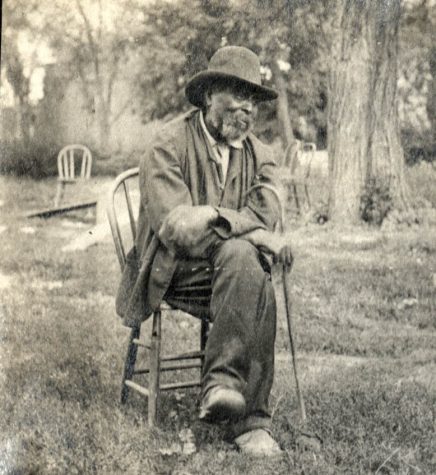How should the university respond to #ScholarStrike?
It’s a bit tricky

It’s been a summer of widespread social unrest, soul searching and reckoning with our country’s ugly past and its legacy. None of us are responsible for the past. Will this country ever be perfect? Probably not. But can we always strive to do better? Absolutely. The most recent campus event to start a conversation on society’s shortcomings was #ScholarStrike, where anyone involved with SLU, from students to administrators, would be able to participate in the teach-in. #ScholarStrike is an extension of the recent events that have galvanized people to take to the streets in protest of systemic racism and inequality.
#ScholarStrike took place from Sept. 8 to Sept. 9. This wasn’t a SLU-exclusive event, however. Organizers on Twitter aimed for as many institutions of higher learning in America to participate. The event even found footing in Canada! This two-day educational event was intended to raise awareness, talk about the uncomfortable truths and to prompt action against injustices in society, more specifically, injustices that disproportionately affect the communities of black and indigenous people of color (BIPOC). The hashtag was first started by Anthea Butler, who serves as the associate professor of Religious Studies and Africana Studies at the University of Pennsylvania, and Kevin Gannon, a professor of history at Grand View University. In a recent CNN Opinion article, they say they were inspired to start the movement by WNBA and NBA players when they boycotted their respective games to protest in favor of the Black Lives Matter movement.
This teach-in movement took place at universities across the nation. At SLU, many of our instructors gave us permission to leave class and instead attend one of the teach-in sessions. News of the event spread slowly among students, but that may boil down to us simply being out of the social loop with our professors. Most of us aren’t on academia Twitter like we’re on KPOP Twitter. The majority of the student body first heard of the movement when we first got an email from the President’s Office on Sept. 2 with the subject line “#ScholarStrike.” This initial email, along with a followup email from SGA, was to get the word out to the SLU community that this event was taking place. It wouldn’t have been able to get as much attention and attendance if it weren’t for that initial email regarding it. However, it’s important to note the stark differences between the two communications. The tones of the SGA email and the President’s Office email were vastly different from each other. The SGA email was much more forceful in what we can do as students to promote a more equitable society and university. On the other hand, the email from the President’s Office tiptoed around the issue by simply stating “On these days, some faculty will support #ScholarStrike by using class time to discuss racial inequities and related issues.” This email was also put on the university’s website as a message the same day the email was sent. As with any business or institution, the politics behind the email must be considered when responding to events like these. Donations to the university is a major factor that must be considered as well. Some alum may not like any stance from the university in favor of one over the other. Some would rather prefer if the university didn’t take a stance at all and stay in the middle, which the university is doing in a sense. They are balancing the demands of current students with the donations from former students. Another major factor to consider is that people on social media will blow the university’s words out of proportion, twist their words and cause a firestorm, as the debate has somehow turned political. Taking a look at any social media account that supports social justice movements, all of their respective comment sections, more often than not, have trolls. Many times the people running the accounts have threats in their private messages ranging from physical harm to death.
At best, it’s a way to save face, especially when taking into consideration the Instagram account created over the summer, @blackatslu. Many of the incidents submitted to the account involve other students, but many also involve university staff members. Social media accounts and hashtags like this have sprung up at nearly every institution to highlight the experiences of non-white members of each respective campus community. If you were to scroll through these accounts and hashtags, bias incidents involving slurs, stereotypes and unequal treatment occur on every college campus. We cannot just pretend that these events don’t happen at SLU, as much as we wish for that to be the case. A university’s response to such happenings can’t be lukewarm. Most of us don’t experience the same things experienced by members of the BIPOC community, but we can call out behaviors or phrases we see that make it harder for them to feel welcome and safe. Even then, calling people out is not enough. It’s the first step and the bare minimum. We can do our best to help others that face the strongest headwinds just by paying attention to the things around us, especially locally, outside of the “SLU bubble.”
The #ScholarStrike should be a stepping stone to a more aware student body that will eventually go on to be the next legislators, community leaders and activists. We can all do better so that a more equal and just society can come out of this year’s many lessons, not only on paper but in practice as well. Six years ago, the words “Black Lives Matter” rose to prominence in the country and many of the words heard then are still being shouted today. The conversations need to keep happening. Questions must keep being asked so that there is hope for a better tomorrow. Hopefully, that tomorrow will come sooner rather than later.
Your donation will support the student journalists of Saint Louis University. Your contribution will help us cover our annual website hosting costs.



